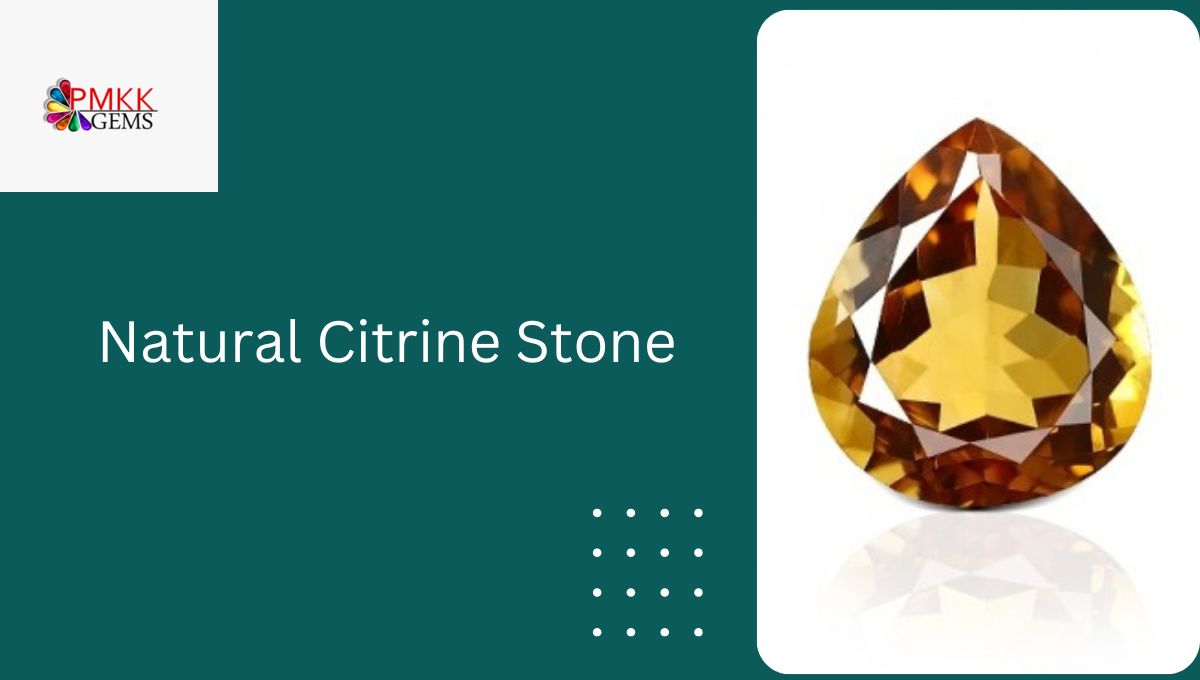Citrine is a beautiful yellow variety of quartz, often referred to as the “merchant’s stone” or the “success stone”. It is believed to bring wealth, abundance, and positive energy to the wearer. In this article, we will explore the properties, benefits, and uses of citrine in detail.
1. Introduction
Citrine is a popular gemstone that has been used for centuries for its beauty and healing properties. It is a type of quartz that ranges in color from pale yellow to deep orange-brown. Citrine is often used in jewelry and home decor, as well as in spiritual practices. In this article, we will delve into the history, properties, benefits, and uses of citrine.
2. The History of Citrine
Citrine has a rich history dating back to ancient times. The Greeks and Romans used citrine gemstone for decorative purposes, and it was also used in intaglio work. The name “citrine” comes from the French word “citron”, which means lemon, due to its yellow color.
During the 17th century, citrine became popular in Scotland, where it was used for its purported healing properties. In the 18th and 19th centuries, citrine was often mistaken for topaz and was referred to as “topaz quartz”.
Today, citrine is still a popular gemstone, prized for its beauty and spiritual properties.
3. The Physical and Chemical Properties of Citrine
Citrine is a type of quartz, with a chemical formula of SiO2. It has a Mohs hardness rating of 7, making it a durable and long-lasting gemstone. Citrine is typically found in Brazil, but it can also be found in other parts of the world, including Russia, Madagascar, and the United States.
The color of citrine can vary from pale yellow to deep orange-brown. Natural citrine is rare, and most citrine on the market is heat-treated amethyst or smoky quartz. Heat treatment is used to enhance the yellow color of the stone.
4. The Types of Citrine
There are two main types of citrine: natural citrine and heat-treated citrine. Natural citrine is rare and has a pale yellow color. Heat-treated citrine is much more common and has a deep yellow to orange-brown color.
Another type of citrine is called “Madeira citrine”. It is a type of heat-treated citrine that has a reddish-brown color. Madeira citrine is named after the Madeira Islands, where it was first discovered.
5. The Benefits of Citrine
Citrine is believed to have a wide range of benefits for the mind, body, and spirit. Here are some of the most commonly cited benefits of citrine:
1. Spiritual and Emotional Benefits
Citrine is often referred to as the “success stone” or the “merchant’s stone”. It is believed to bring wealth, abundance, and prosperity to the wearer. Citrine is also said to have the following spiritual and emotional benefits:
- It can help alleviate depression and anxiety, promoting feelings of joy and positivity.
- Citrine is believed to enhance creativity and stimulate the imagination, making it a great stone for artists, writers, and other creative types.
- It can help boost self-esteem and confidence, making it easier to express oneself and take on new challenges.
- Citrine is said to help release negative emotions and replace them with feelings of warmth and optimism.
2. Physical Benefits
Citrine is also believed to have a range of physical benefits, including:
- It is said to support the digestive system and help with issues like nausea and constipation.
- Citrine is believed to support the immune system, helping to fight off illness and disease.
- It can help alleviate chronic fatigue and boost energy levels.
- Citrine is said to promote healthy skin, hair, and nails.
6. The Uses of Citrine
Citrine has a variety of uses, from jewelry to home decor to spiritual practices. Here are some of the most common uses of citrine:
1. Jewelry
Citrine is a popular choice for jewelry, as its warm, sunny color can complement a wide range of styles. It is often used in earrings, necklaces, bracelets, and rings. Citrine jewelry can be a great way to carry the stone’s healing properties with you throughout the day.
2. Home Decor
Citrine can also be used in home decor to bring warmth and positive energy to a space. It can be placed in a bowl or vase as a decorative element, or used in a crystal grid to promote abundance and prosperity.
3. Feng Shui
In feng shui, citrine is often used to attract wealth and prosperity. It can be placed in the wealth corner of a room or home, or used in a wealth bowl or altar.
7. How to Cleanse and Charge Citrine
Like all gemstones, citrine should be cleansed and charged regularly to maintain its energy and effectiveness. To cleanse citrine, you can rinse it under running water, place it in sunlight or moonlight for a few hours, or use a crystal cleansing spray.
To charge citrine, you can place it in sunlight or moonlight for a few hours, or hold it in your hand while focusing your intention on what you want to achieve.
8. Conclusion
Citrine is a beautiful and versatile gemstone that has been used for centuries for its beauty and healing properties. Whether you wear it as jewelry, use it in home decor, or incorporate it into your spiritual practices, citrine can help bring warmth, positivity, and abundance to your life.
9. FAQs
- What is the spiritual meaning of citrine?
Citrine is often associated with success, abundance, and positive energy. It is said to promote joy, creativity, and self-confidence.
- Is citrine a birthstone?
Yes, citrine is the birthstone for November.
- Can citrine be used in meditation?
Yes, citrine can be used in meditation to promote positivity, abundance, and creativity.
- How can I tell if my citrine is natural or heat-treated?
Natural citrine is rare and has a pale yellow color, while heat-treated citrine is much more common and has a deep yellow to orange-brown color. If your citrine is very bright or has an orange-red color, it is likely heat-treated.
- Is citrine safe to wear every day?
Yes, citrine is a durable gemstone that is safe to wear every day. However, like all gemstones, it should be treated with care to avoid damage.
More Info:- abcbnews




